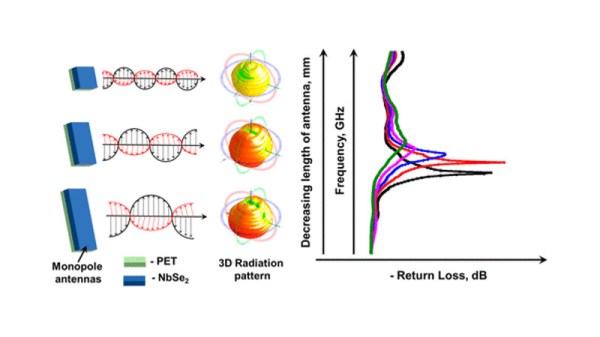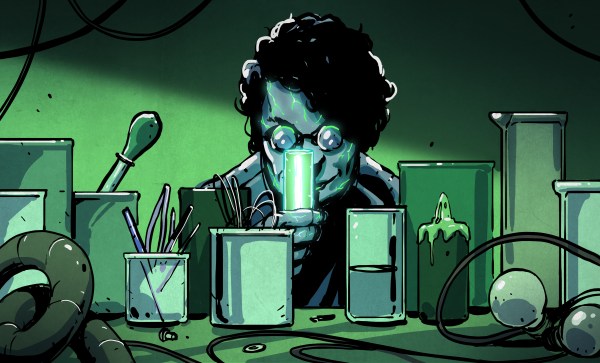Way back in 1984, the Ghostbusters defended New York City from an onslaught of supernatural phenomena. In their honor, [BALES] created this costume for Halloween, replete with an amazing replica proton pack.
(We know, this is a little late for Halloween 2019, but just think about how early you’re going to be for Halloween 2020!)
While not actually capable of trapping and harnessing entities from the spirit realm, the replica pack nonetheless is impressive. Constructed primarily from EVA foam and PVC pipe, it’s built on a custom built Alice pack frame to make it easy to carry. The cyclotron scores some LEDs, and EL wire completes the neutrino wand. A rough-and-ready paintjob make the gear look well used, and the laser-printed labels go a long way to completing the look.
[BALES] didn’t skimp on the clothing side either. The olive drab overalls, an embroidered patch, and belt were sourced from Amazon, and a custom name badge was produced to complete the ensemble. We’re sure the costume was an absolute hit at Halloween, and gives us plenty ideas of our own. It would pair well with this PKE meter that actually detects radiation, too!








 Getting a rocket engine off of the launch pad is itself a tricky proposition, but reaching an orbital velocity is an entirely different story. During the space race, the US was on the lookout for a fuel that could do the trick, and the answers came from a chemist who grew up in a small town in North Dakota then started a college degree before for a job at Plumb Brook Ordnance Works.
Getting a rocket engine off of the launch pad is itself a tricky proposition, but reaching an orbital velocity is an entirely different story. During the space race, the US was on the lookout for a fuel that could do the trick, and the answers came from a chemist who grew up in a small town in North Dakota then started a college degree before for a job at Plumb Brook Ordnance Works. 









